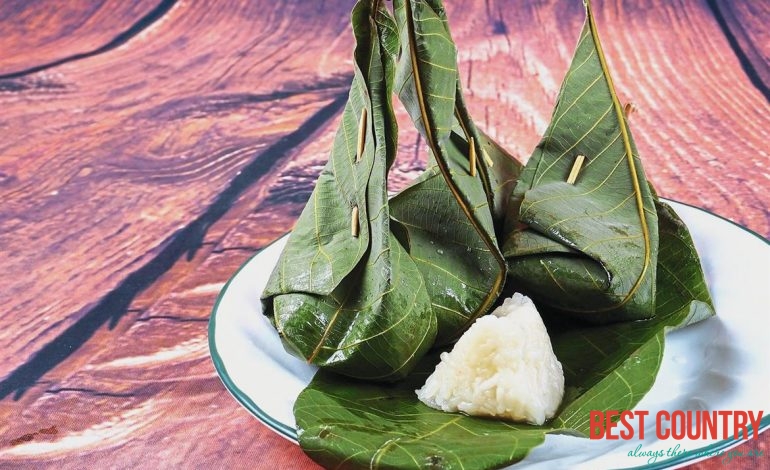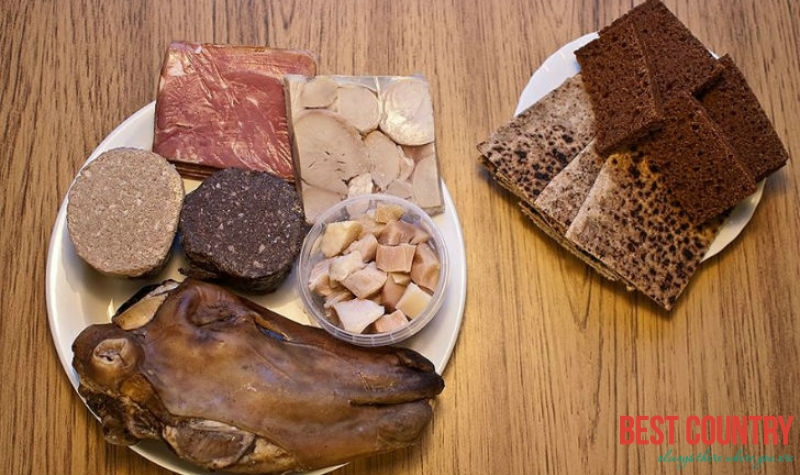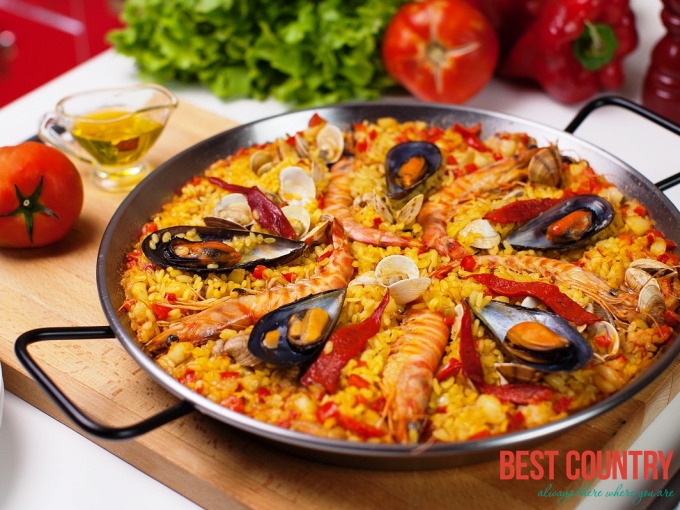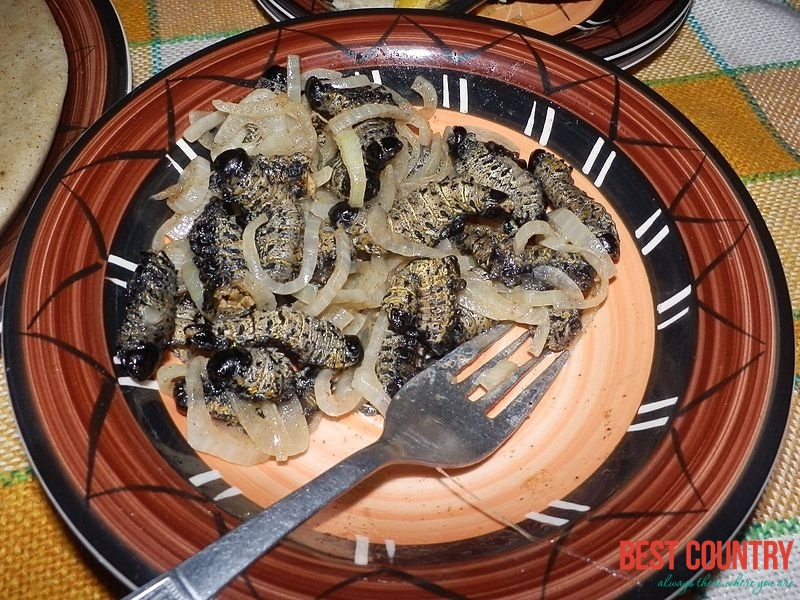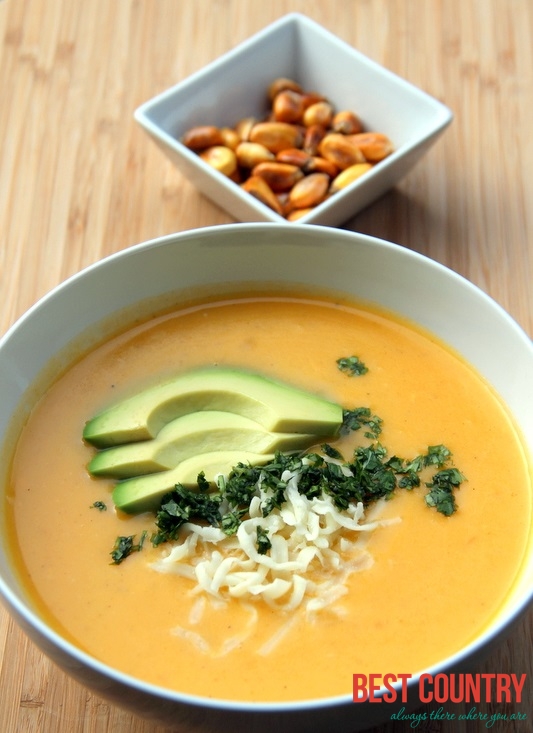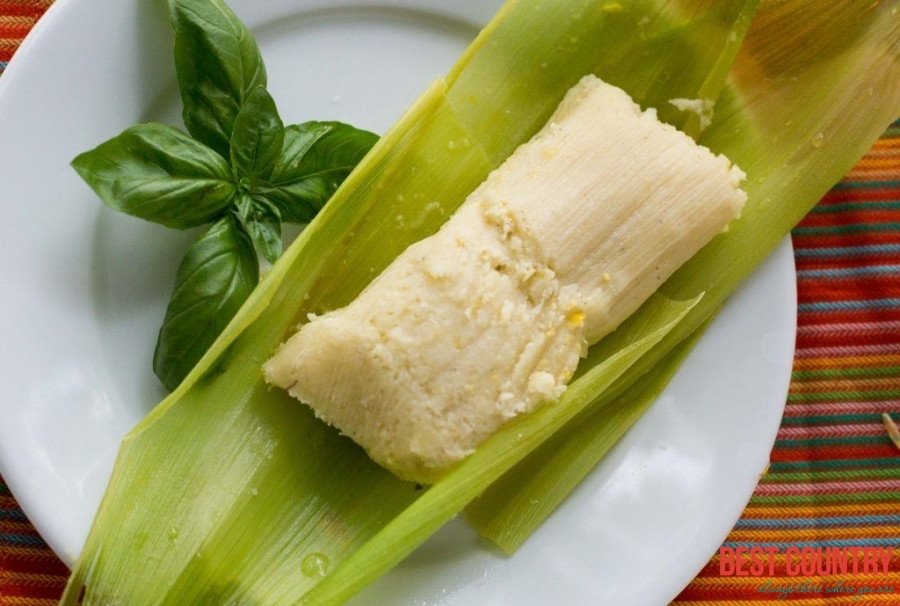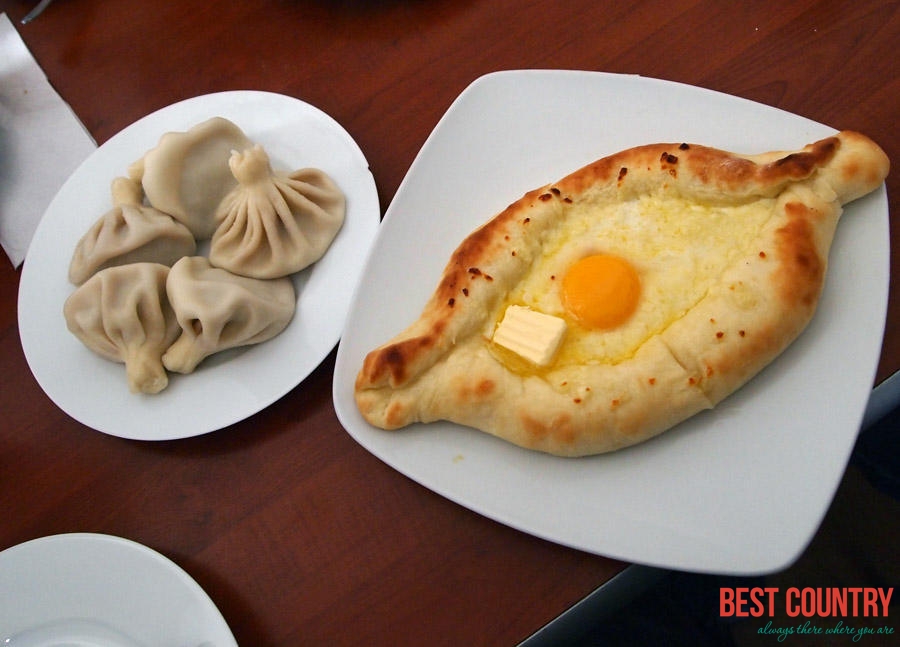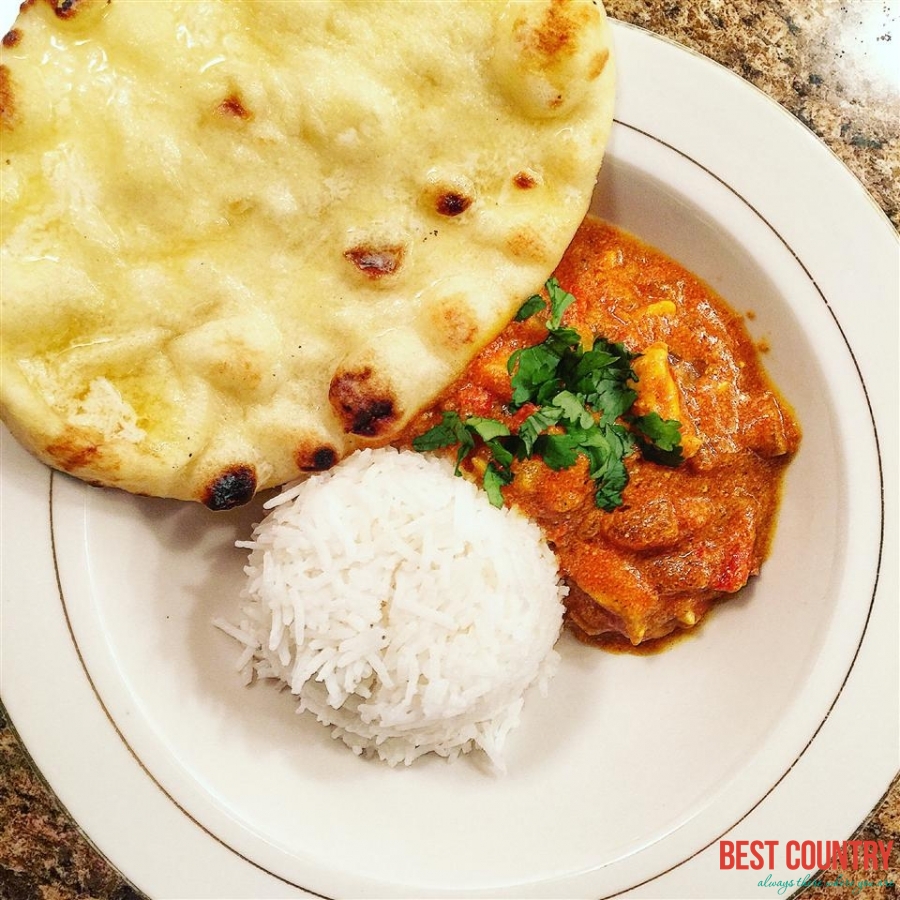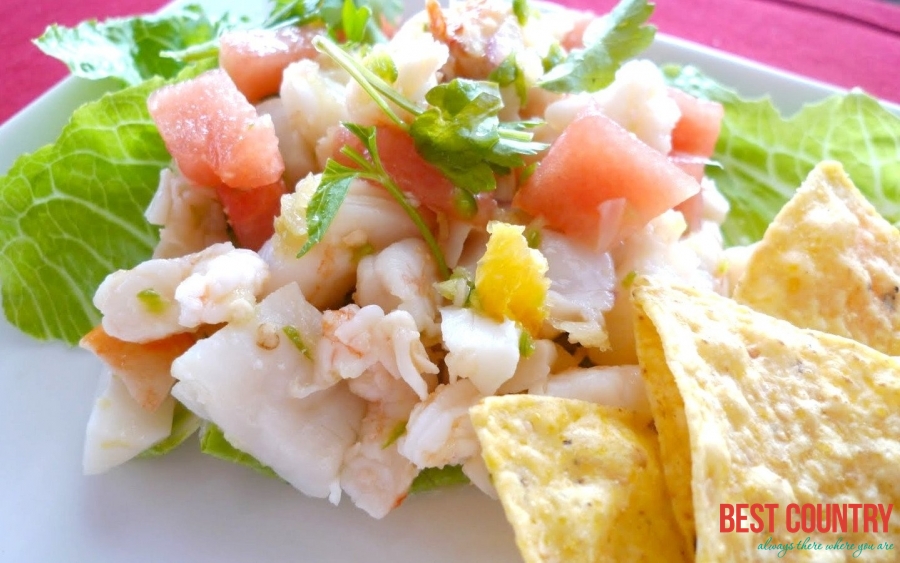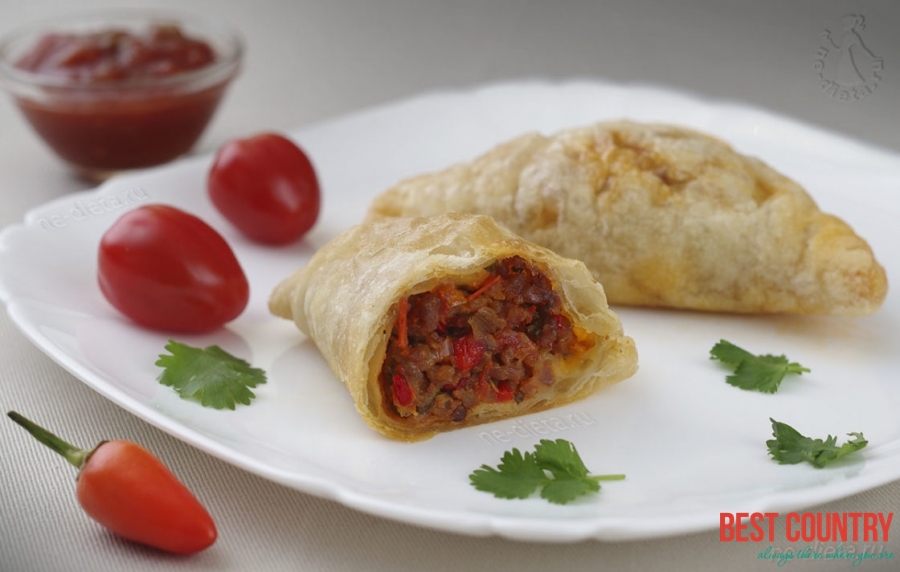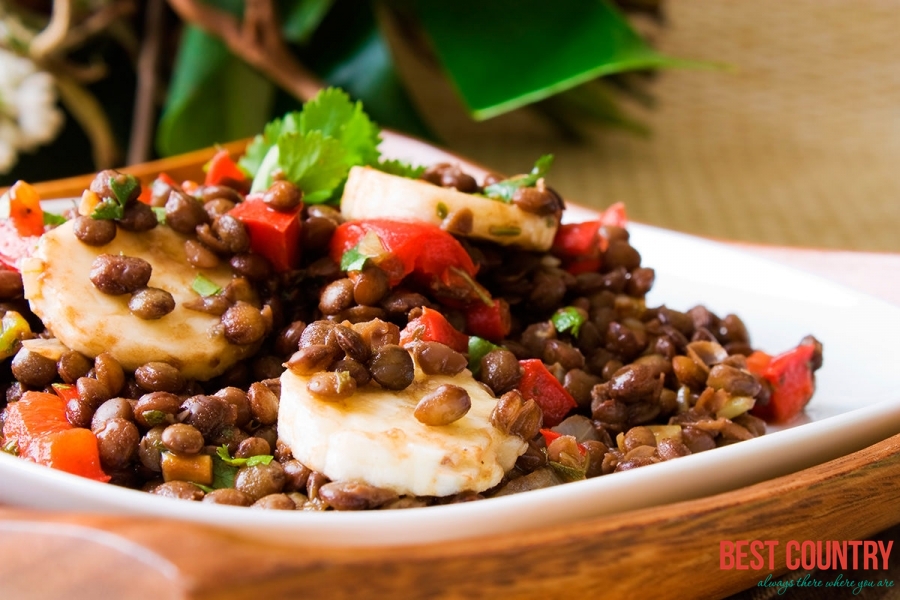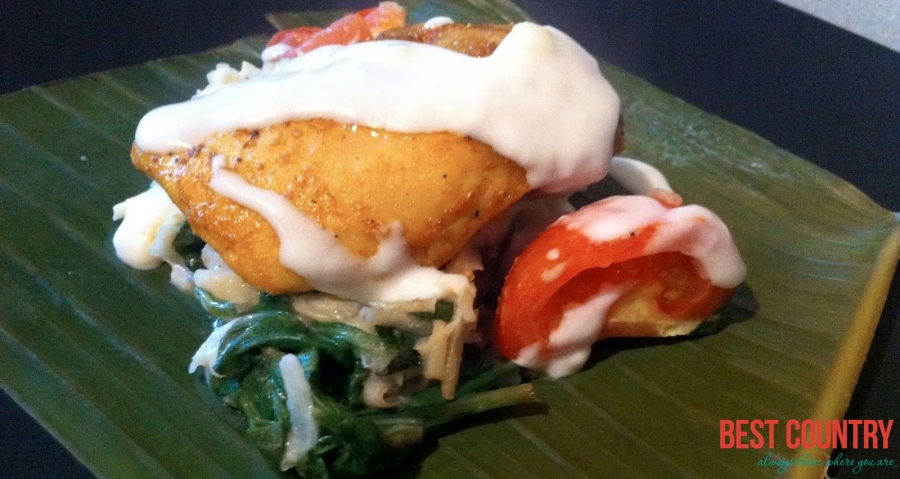International cuisine in different countries
Famous Cuisine of East Timor
The cuisine is East Timor is made from the available recourses in the country. The cuisine normally consists of rice, cassava, sweet potatoes and corn which comes with seafood, pork or chicken and also includes fruits and spices.
Cuisines of Iceland
The cuisine of Iceland is rather homogeneous. The country did not incorporate many influences and therefore, people had the chance to develop a unique cooking style, based on the ingredients that could be found locally. People use the same ingredients, mostly. These resume to seafood, fish and Lamb meat. Game meat is also utilized in some recipes.
Typical Foods of Ireland
Corned beef and cabbage and soda bread are often thought of as foods of Ireland, but many people are surprised when they find that these foods are not typical Irish fare. The country's cuisine is generally made up of simple dishes made of lamb, beef or fish and containing some form of potato. They are lightly seasoned and simple, yet flavorful and filling.
Spanish cuisine
The Spanish food tradition has varied ancestry, though most Spanish dishes have rather humble origins and are the result, over time, of ingredients put together by poor peasants, farmers or shepherd families; many times using leftovers, or at the very least products from their own farms and orchards.
Botswana cuisine
The cuisine of Botswana is unique but also shares some characteristics with other cuisines of Southern Africa. Examples of Setswana food include pap, samp, vetkoek, and mopane worms. A food unique to Botswana is seswaa, heavily salted mashed-up meat.
Ecuadorian cuisine
Ecuadorian cuisine is diverse, varying with altitude, and associated agricultural conditions. Pork, chicken, beef, and cuy (guinea pig) are popular in the mountainous regions, and are served with a variety of carbohydrate-rich foods, especially rice, corn, and potatoes.
Chilean Cuisine
There are many different foods in Chile. There is everything from beef to seafood and all kinds of fresh fruits and vegetables. For breakfast, most Chilean people have bread with a topping and tea or coffee. Since lunch is the main meal of the day, there will often be two main dishes served. One of these is often a salad with seafood.
Georgian Cuisine
All countries and nations have their favourite dishes, which have long stepped over the national boundaries and because of their virtues have suited everybody’s taste. Suffice it to recall Hungarian goulash, English beefsteak, Austrian schnitzel, Russian boef a la Stroganoff and others.
Traditional Food of Suriname
There are many cuisines in South America and beyond that claim to have diverse influences, but the influences that have helped to form Surinamese cuisine are truly varied. The reason for this is that this small nation in the north of the continent was a Dutch colony for several centuries, and slaves were transported to the country from Africa, Indonesia, China and East India.
Typical Food of Uruguay
Uruguayan cuisine has a lot of European influence, especially from Italy and Spain, though expect to find a lot more meat due to the country’s abundant production of beef (and milk). We have included a list of typical Uruguayan dishes and food with what it is in English:
Cuisine in Peru
It is thought that the first people of Peru came from Asia at around 6000 BC. They were tribesmen who lived by hunting and gathering. Before long, there were small villages where people began to grow beans, squash, chili peppers and cotton. The Peruvians were the first to grow the potatoes.
Colombian Food
Colombia has numerous items to captivate. On one side, an ample offer of traditional regional recipes; alternatively, new trends which make the best of local products to show Colombian flavors into innovative dishes.
Angola Cuisine
As a Portuguese colony for centuries, Angolan cuisine bears Portuguese influences. For instance, the Angolans’ use of certain spices and methods of cooking were greatly influenced by Portugal. Still, other European and Asian cuisines have also left a mark in Angola’s culinary culture.
Cuisine of Vanuatu
The cuisine of Vanuatu (known in Bislama as aelan kakae) incorporates fish, root vegetables such as taro and yams, fruits, and vegetables. Most island families grow food in their gardens, and food shortages are rare.
